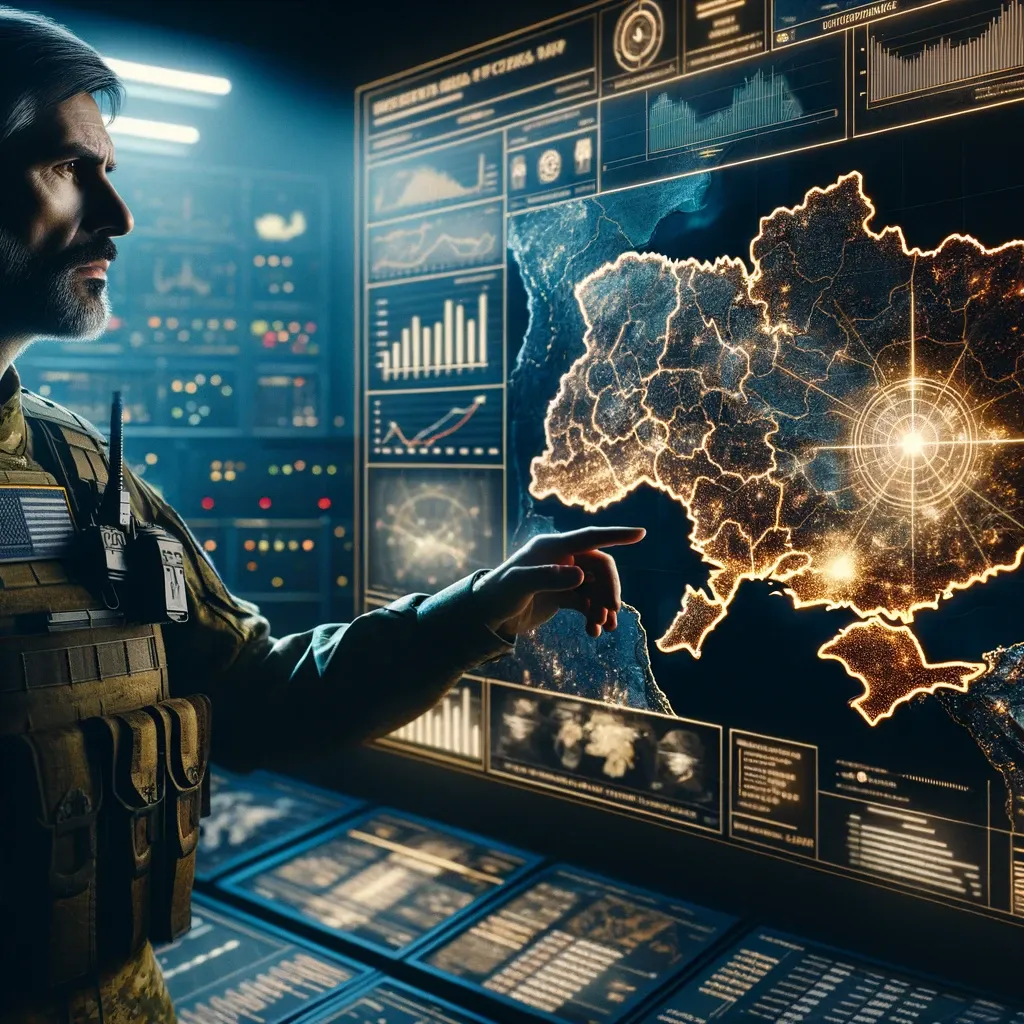Rethinking Russia's Military Might: A Critical Analysis of Recent High-Cost Strikes
The world was taken aback by a Forbes report on January 2, 2024, detailing Russia's astonishing $620 million expenditure on a single air strike against Ukraine. This news starkly contrasts with the previously widespread belief in Russia’s dwindling military arsenal. This development prompts a reevaluation of the

The world was taken aback by a Forbes report on January 2, 2024, detailing Russia's astonishing $620 million expenditure on a single air strike against Ukraine. This news starkly contrasts with the previously widespread belief in Russia’s dwindling military arsenal. This development prompts a reevaluation of the assessments by Ukrainian, Western, and Baltic experts who previously claimed Russia’s missile and military resources were nearly exhausted.
In light of these events, it's crucial to scrutinize the narrative that influenced international policy and public opinion. Was the notion of Russia's diminishing military strength a misjudgment, or was misinformation at play? This article aims to explore these questions, examining the impact of misinformation and the consequences of such significant disparities between perception and reality.
Challenging the Prevailing Narrative
Before Forbes' revelation, a grim picture was painted of Russia's military capabilities, particularly its missile resources. This view, echoed by analysts from various regions, suggested a rapid depletion of Russia's arsenal due to the prolonged conflict and international sanctions. These claims, backed by indicators like reduced missile attack frequency and economic strains, shaped policies and public perception about Russia's declining military engagement capacity in Ukraine.
However, the January 2 air strike, with its vast expenditure and deployment of numerous missiles, contradicts this narrative. This operation, involving 99 missiles and 35 Shahed drones, suggests Russia’s military resources might not be as depleted as once believed. This disparity calls for a deeper examination of the earlier assessments' accuracy.
The January 2 Strike: Unveiling a Different Reality
The Forbes report on this operation sheds light on Russia's military capabilities, showcasing the scale and financial investment of the strike. This raises crucial questions about Russia’s actual military strength and resource management.
Reassessing Intelligence Discrepancies
The contrast between the belief in Russia's depleting resources and the reality presented by the January 2 strike necessitates a thorough reassessment of intelligence and analysis discrepancies. Were initial assessments based on incomplete data? Or did military secrecy contribute to an underestimation of Russia's capabilities? This incident highlights the challenges in military intelligence and the risk of underestimating an adversary’s capabilities.
Forbes' Insightful Contribution
Forbes' report offers a concrete monetary value to the strike, providing tangible measures of Russia's military spending and capabilities. This detailed analysis, which includes a breakdown of the munitions used, challenges the previous assumptions and contributes significantly to the reassessment of Russia's military strength.
Implications and Conclusions
The discrepancy between the believed depletion of Russia's military arsenal and the recent demonstration of its significant expenditure has profound implications. It underscores the need for continuous, comprehensive intelligence gathering and a reassessment of diplomatic strategies. The Forbes report serves as a crucial lesson in the importance of skepticism, thoroughness, and adaptability in global security and diplomacy, emphasizing that geopolitical dynamics require regular scrutiny and updated approaches.




